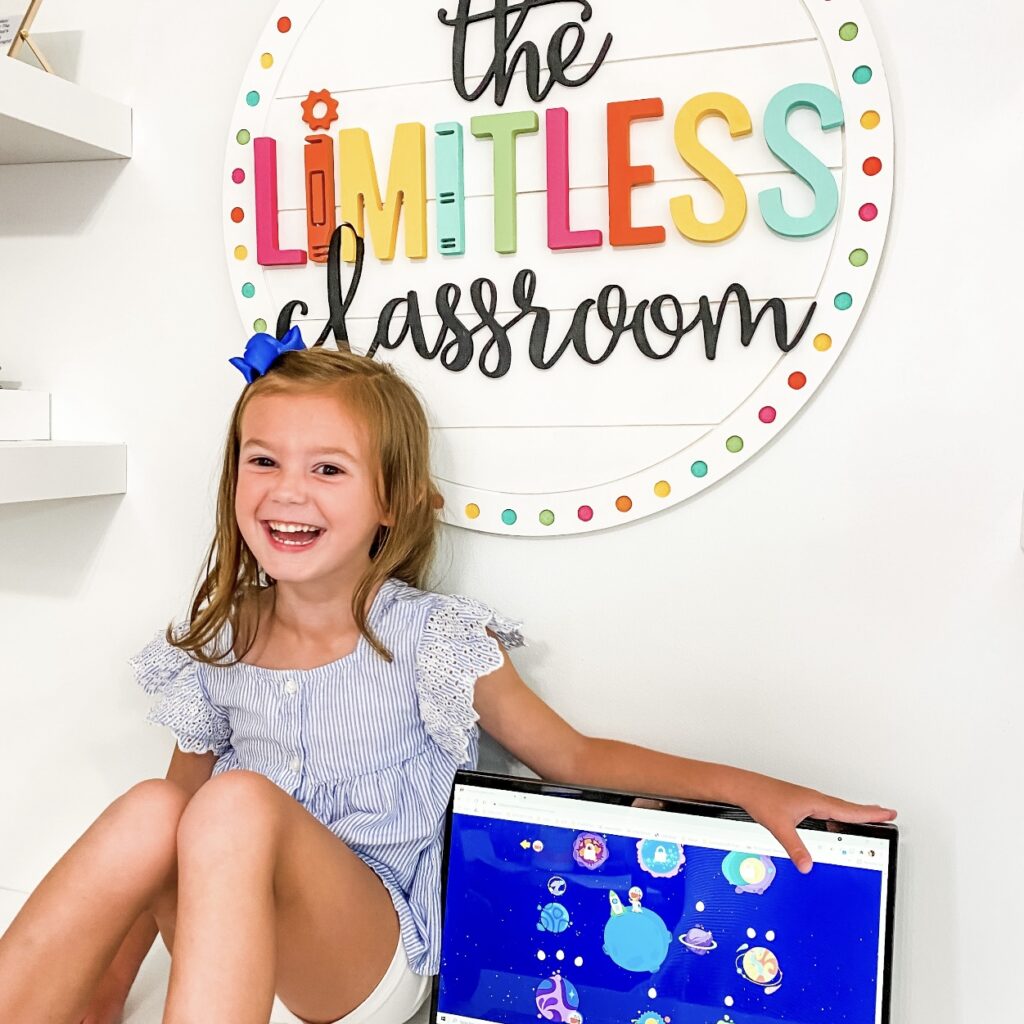This is a sponsored post. All opinions reflect my own personal experience and feelings with using Happy Numbers with my fourth grade classroom.

Math is hard; all students are at different levels; it’s hard to keep track of everyone; it’s hard to engage kids into the educational process. Everything about teaching math can often feel HARD. Well I am here to bring you some great news! I have found a program that has genuinely improved my students’ abilities in math and has so many capabilities that it’s taken a lot off my plate as the teacher… and that program is Happy Numbers. I have been using Happy Numbers for almost two years now and it’s a program I find extremely useful for teachers who struggle to meet the needs of all their students. Happy Numbers is designed as an online math curriculum supplement for PK-5 students that can be accessed from any device. It can be used in small groups during math instruction to help teachers differentiate, or used independently to allow students to advance at their own pace. As a fourth grade teacher it has helped my students drastically! My students started showing a deep understanding of math concepts, an increase in math fluency, and math flexibility where they could transfer their understanding easily from problem to problem.
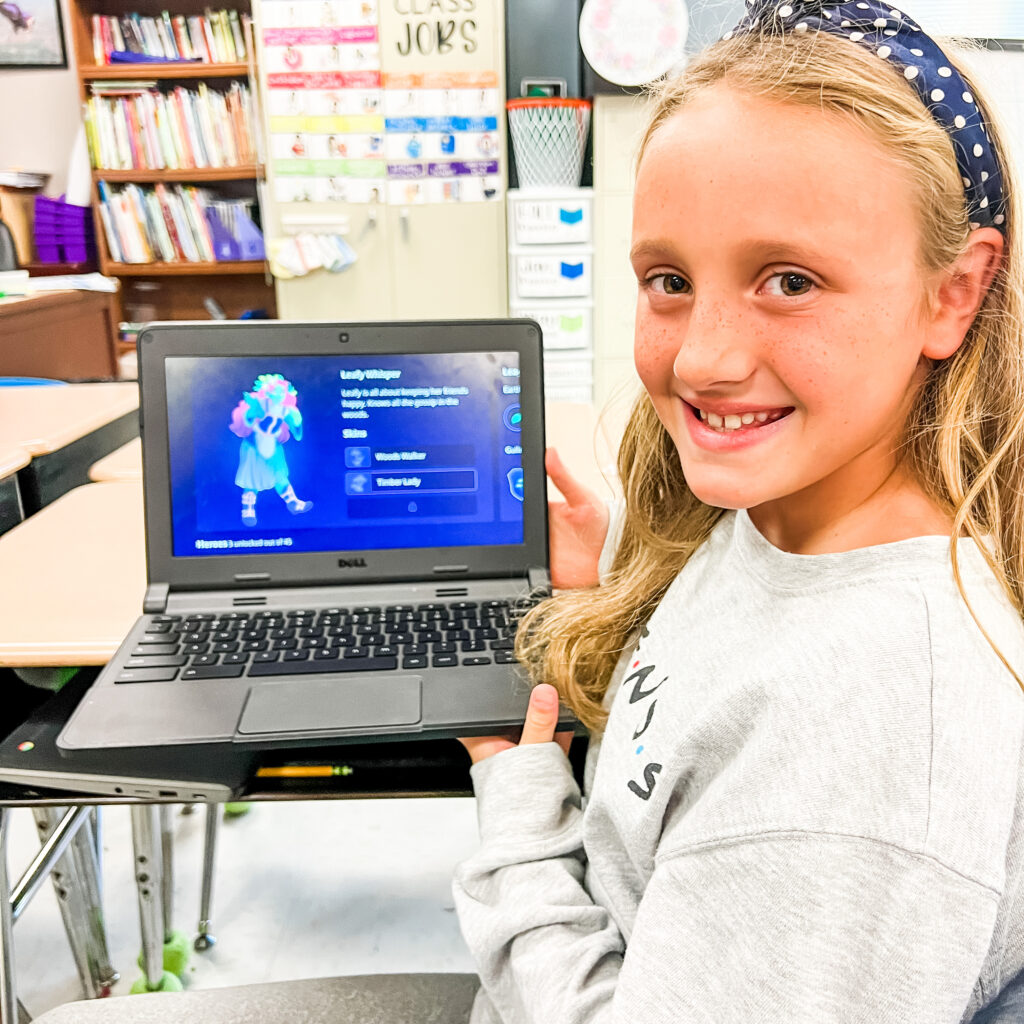
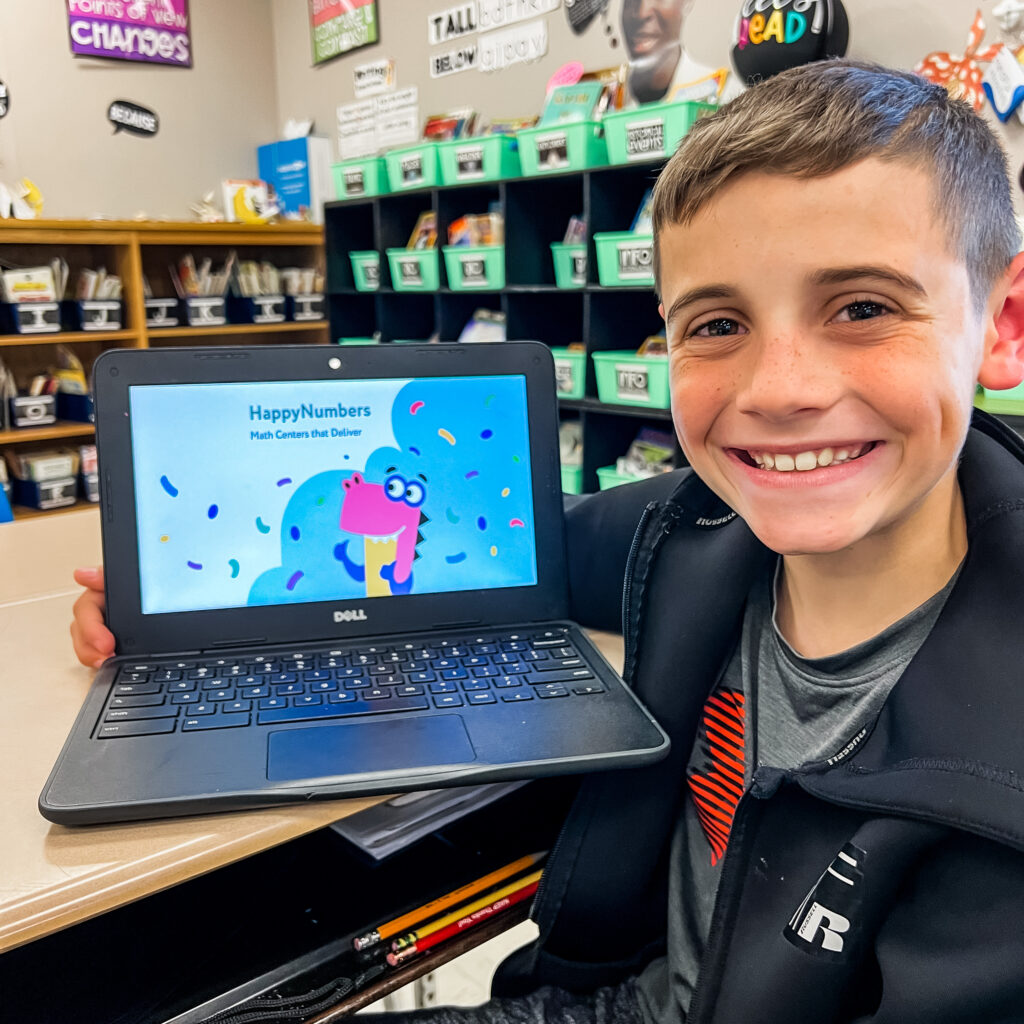
Happy Numbers is the first online math program I’ve found to be truly differentiated. It adjusts to the level of each student and has content that is aligned with best instructional teaching practices. Students using Happy Numbers are able to gain a deep conceptual understanding since Happy Numbers used solid time-tested pedagogy and research when creating their program. Why give Happy Numbers a try? Because the outcome of using it consistently, is seeing some amazing growth for all students, even those who are performing below grade level.
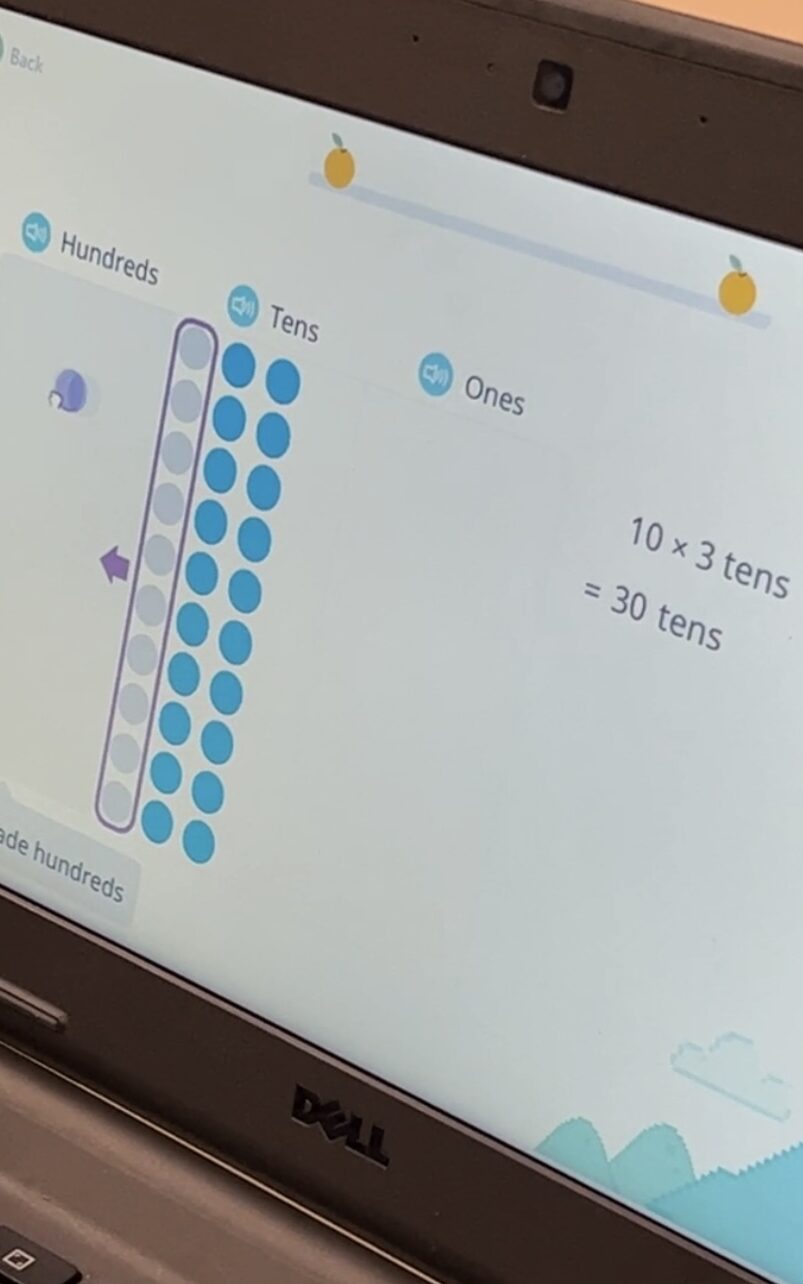
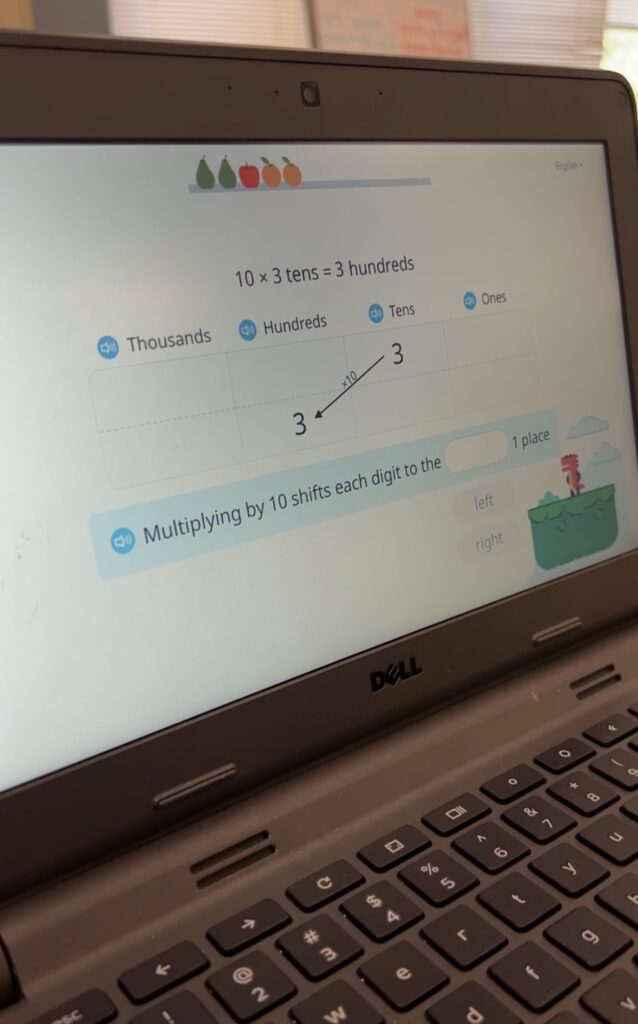
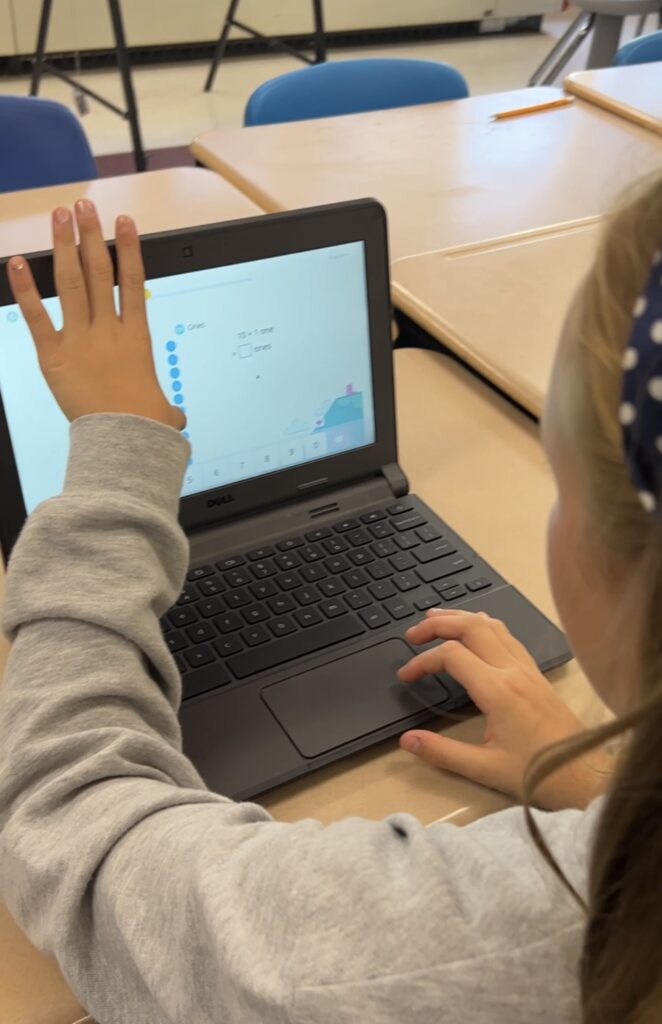
To dive a little deeper into what some of the benefits of using Happy Numbers are, I first want to bring attention to the way in which students are being presented the math concepts. Students work through each model with fidelity, moving from concrete, to pictorial, and then finally onto abstract. By working through these models it allows for that deep conceptual understanding to take place. Students are not memorizing answers, they are truly learning, and are able to show that knowledge in a variety of math problem formats. I also really love that students get immediate feedback and scaffolding (Happy Numbers explains to students when they make a mistake). This type of feedback for all students would be impossible if solely left as the responsibility of the teacher. With most classes having a 1:24 teacher to student ratio, it just wouldn’t be possible. Happy Numbers strives to have students understand the meaning behind the math they’re doing, and understand the reasoning behind their actions when computing problems. Happy Numbers also did a phenomenal job when creating their online program, especially with the interface. It is kid-friendly, has game like elements that enhance learning, so students really enjoy using Happy Numbers! The second thing I want to bring to your attention is the incredible data monitoring that Happy Numbers has built into their program.
Happy Numbers gives really great assessment data throughout the year as well as progress monitoring data points. At the beginning of the year the students take a placement assessment that puts them on their individually pathway for learning. This is great because as teachers we all know students are going to start the year at very differently levels and this places students accordingly, even if they’re performing below grade level. Teachers can also set up a Mid-Year Test which is designed to help you track student progress and to understand whether students are ready to move on or “skip” other topics because they already know them. The Mid-Year Test results will show if you should move students ahead or back to ensure each student is working on the individual skills they need to focus on. The progress monitoring takes place with weekly goals reports, and weekly progress reports, both of which are great for making sure that no students fall behind and each students individual success is being supported. This is truly data with actionable steps built in that is provided for students individually and as a whole class. Here’s a glimpse at my dashboard showing the features and information that teachers will see. Take note of the second image which shows you can select “Show only struggle tasks” which I find to be exceptionally helpful!
As a mother, I’ve also experienced using Happy Numbers as a parent with my own daughter. My daughter started using Happy Numbers last year in kindergarten, and has continued using it this year throughout first grade. It’s an engaging way for her to practice and excel her math knowledge at home. We do Happy Numbers nightly for about 20 minutes and she absolutely loves it! The younger grades have a very kid-friendly interface where students move through different planets which planet focusing on a different standard.
I have found that by consistently using Happy Numbers it really allows you to assist in closing the gaps faster for students than if they were just moving through our everyday curriculum. It enhances students flexible thinking, ability to problem solve, and is easy to set up with just a few clicks. A few other important benefits to note, Happy Numbers is COPPA, FERPA, AB 1584 compliant, available in both Spanish and English, compatible with any device or browser, keeps your password protected, and can be easily integrated with both Clever and Classlink. Head to the link below to set up your Happy Numbers account today!


